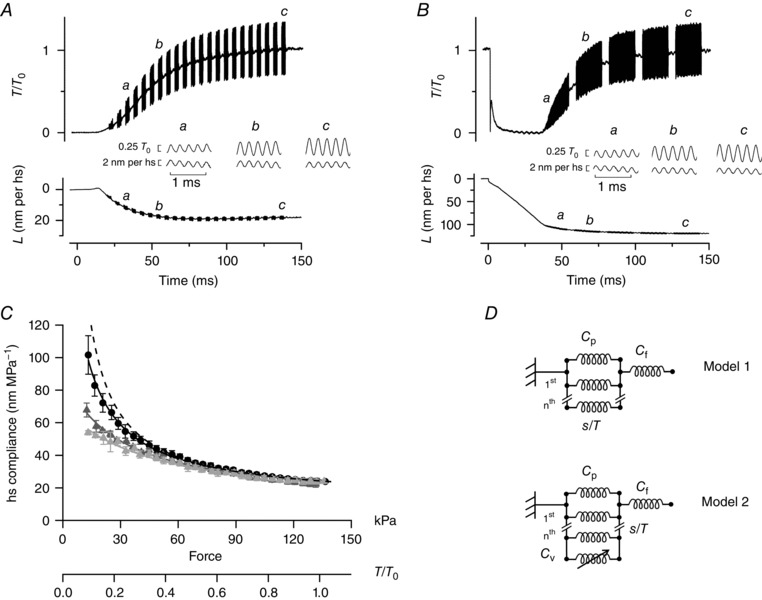Figure 1. Half‐sarcomere compliance during isometric force development and redevelopment following V 0 shortening.

A, force (T/T 0) and hs length change (L) in response to 4 kHz length oscillations imposed during the isometric force development (dev). Time 0 is the start of stimulation. The inset between force and hs traces shows the responses on an expanded time scale at three different times as indicated by the figures (a–c); upper traces: force, lower traces: hs length change. B, force and hs length change in response to 4 kHz oscillations imposed during force redevelopment following 35 ms of unloaded shortening (late redev) starting at the tetanus plateau. Time 0 is the start of V 0 shortening, on which a stepwise shortening of about 6 nm is superimposed. The inset between force and hs length traces shows the responses on an expanded time scale at three different times (a–c). C, relations between hs compliance and force determined during dev (black filled circles), early redev (light grey triangles) and late redev (dark grey triangles) in six fibres. Black continuous line: fit of dev data with model 1. Light grey and dark grey lines: fit of early redev and late redev, respectively, with model 2. See text for details. Dashed line: expected relation in the absence of any elastic elements in parallel with the motors. The parameters of the fit are reported in Table 1. D, simplified mechanical models of the half‐sarcomere. In model 1 the filament compliance C f is in series with the parallel of motor array (s/T) and an elastic element with constant compliance C p (Fusi et al. 2014). In model 2 one more elastic element with variable compliance C v is added in parallel with motors.
